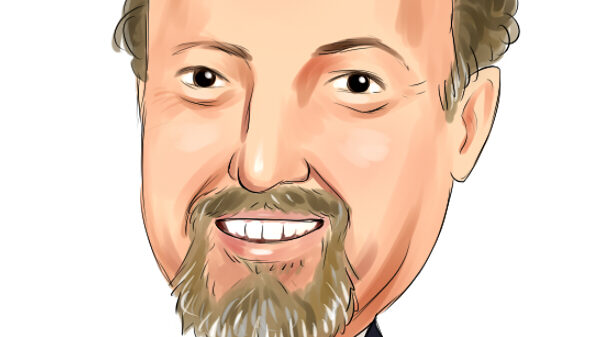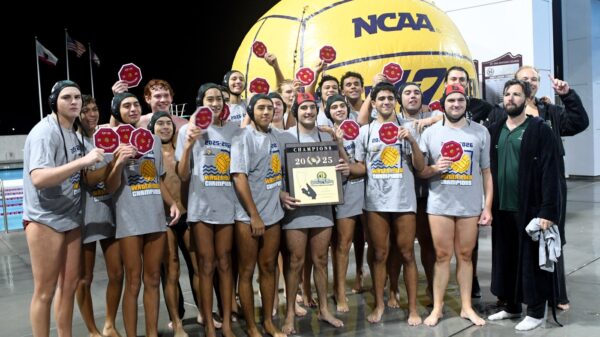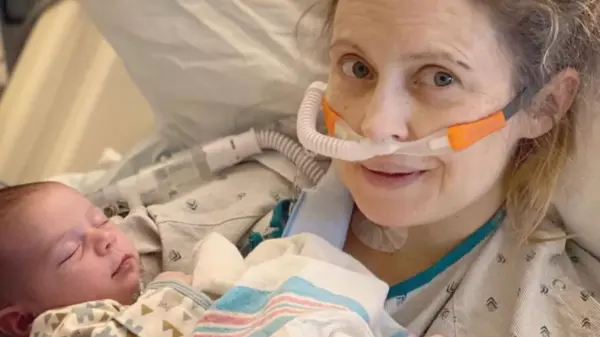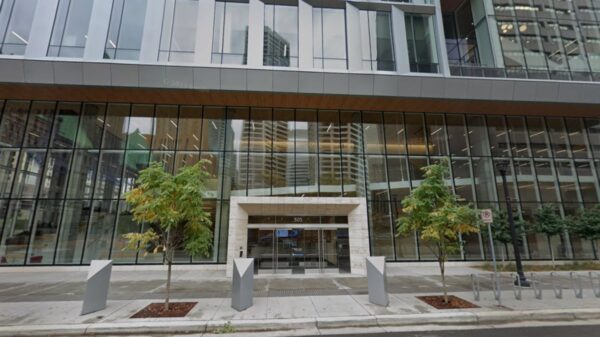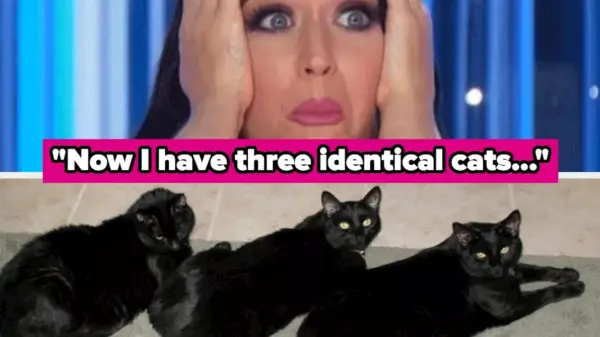Approximately ten percent of couples in the United States face challenges with infertility. Many of these couples are now exploring a lesser-known approach called restorative reproductive medicine (RRM), which aims to identify and address the underlying causes of infertility rather than defaulting to in vitro fertilization (IVF). This alternative offers a more holistic and often more affordable option for those hoping to conceive.
Karen and Anthony Monetti are among those who have turned to RRM after facing their own struggles with infertility. Following nine years of marriage, the couple felt a spiritual calling to start a family. “Put it in God’s hands,” Anthony said, a sentiment echoed by Karen. “And we got pregnant pretty fast.” Unfortunately, their journey was marred by the heartbreak of four miscarriages. “Nothing has hurt, and I’ve never grieved so much as the infertility journey,” Karen reflected. “But one thing I want to say is there’s hope.”
Despite recommendations for IVF due to their age and associated risks, the Monettis opted for a different path. “I could not bring myself to that, knowing that there was life there that was not inside of me,” Karen explained, highlighting their ethical concerns regarding unused embryos created during IVF procedures.
Exploring Restorative Reproductive Medicine
After learning about RRM, the Monettis visited the MorningStar Family Health Center, where they were treated by Dr. Edward Fleming and Dr. Jean Golden-Tevald. RRM focuses on a natural approach, seeking to find and treat the root causes of infertility. “The amazing thing is, in 20 years of doing this, I have never had a woman we evaluated who we came up and said, ‘We can’t find anything wrong,’” Dr. Golden-Tevald stated. “There’s always something.”
The couple underwent extensive testing, including evaluations of Karen’s ovulation cycle and hormonal levels. Men are also tested, as issues like low testosterone can significantly affect fertility. In the Monettis’ case, Karen’s difficulties stemmed from severe blood clots and hormone imbalances. “It’s almost always never just one thing,” Dr. Golden-Tevald noted, underscoring the complexity of infertility.
After beginning treatment with blood thinners and hormonal therapy, the Monettis celebrated the birth of their daughter. “My pregnancy was a huge success,” Karen said. “We finally have our baby, our miracle.”
RRM has been gaining recognition for its effectiveness, with doctors asserting that its success rates are comparable to or even better than those of IVF. “The other piece is that there’s really no risk, and it’s really inexpensive too,” Dr. Fleming stated.
Raising Awareness and Legislative Support
Despite its advantages, RRM remains relatively unknown. “I don’t think many people know it exists,” Karen said, calling attention to the lack of discussions surrounding RRM in mainstream medical practices. Dr. Fleming added that financial incentives may play a role in this oversight, as RRM is not as widely advertised as IVF, which can be lucrative for clinics.
To address this issue, some members of Congress are advocating for expanded access to RRM through legislation. Senator James Lankford of Oklahoma recently sponsored the RESTORE Act, which aims to prioritize addressing the underlying causes of infertility. The new Senate is expected to continue deliberations on this important initiative.
As awareness grows, the Monettis encourage others facing fertility challenges to consider RRM. “I recommend everybody I know who struggles with fertility,” Karen emphasized, sharing contact information for Dr. Fleming and Dr. Golden-Tevald, whom she credits for their success. “God gave them to us, and they are incredible.”


















